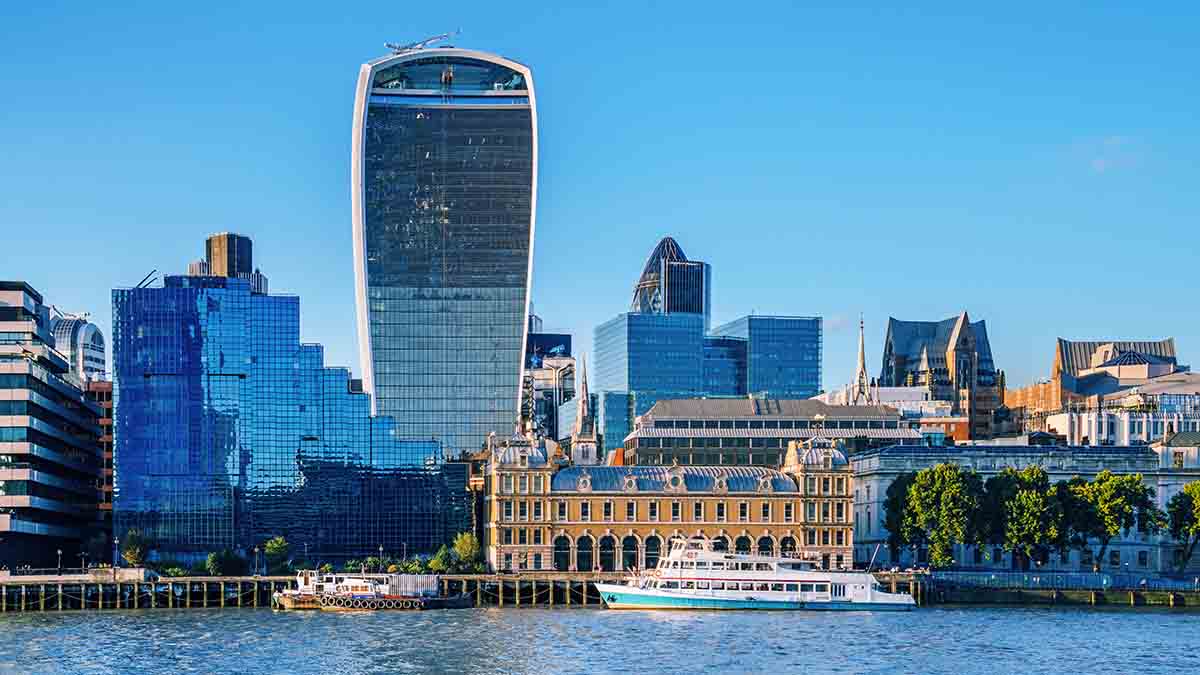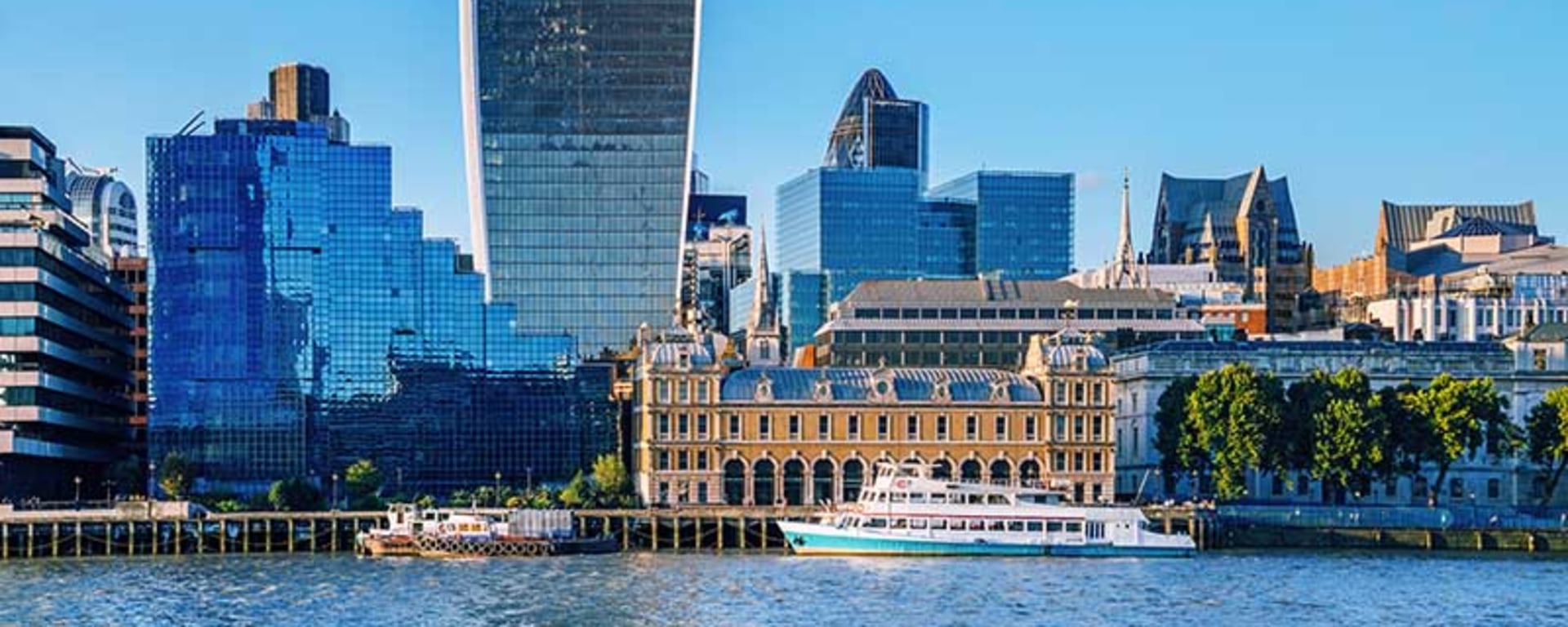Green skyscrapers vs. city heat
Like a tree in the middle of Singapore: That’s the impression left by the Oasia Hotel. A new Green Building typology that allows tropical megacities to breathe.
Published on 02.12.2019 CET
Two cars, a lemon, and a bottle of Lucozade: just a few of the objects that have been melted by London’s Walkie Talkie building. But the heat radiating off the glass tower’s awkwardly angled 160 meter tall walls isn’t the heat we should be most worried about. The Walkie Talkie, like all glass skyscrapers, is warming up the world in a much more all-encompassing way.

© WIRED
By
Sophia Epstein,
London-based writer specialising in technology, business and innovation.
We feature her report here as part of our Publishing Partnership with Wired UK.
“This is now a climate emergency,” says Diana Ürge-Vorsatz, professor of environmental sciences and policy at the Central European University in Hungary and member of the Intergovernmental Panel on Climate Change (IPCC). She believes all-glass skyscrapers should be banned. “If we want to reach any reasonable climate objective, I don’t think we have any other option.”
Any building playing host to hundreds of people is going to have a huge climate footprint, but the glass is particularly problematic. The sunlight has unlimited access into the building, but no way to get out. “With an all glass building, you’re fighting the environment rather than working with it,” says Simon Sturgis, who is an adviser to the government as well as chairman of the Royal Institute of British Architects sustainability group. Conventional glass skyscrapers are just tall green houses. The heat inside can’t escape because the whole structure is wrapped in a glass skin. That’s great for tomatoes, but for people it just means more air conditioning.
The amount of energy used for cooling has more than doubled since 2000, and it will double again by 2040 if we don’t curb our reliance on air conditioning, according to the International Energy Agency. “Even in a moderate climate, cooling issues are becoming more and more severe, and the proliferation of glass buildings is accentuating that fact,” says Henrik Schoenefeldt, senior lecturer in sustainable architecture at the University of Kent.
It’s a vicious cycle: we build a glass skyscraper, then have to cool that glass skyscraper, which uses energy, which contributes to the climate crisis, which increases the temperature. The hotter weather makes the glass building even harder to cool, but we have to keep cooling it because sweaty co-workers are not happy co-workers, and so the cycle goes on.
This problem can’t be solved by just turning off the AC. “We don’t want people to sweat in overheated buildings, that’s not the point,” Ürge-Vorsatz says. “The point is that with responsible architecture you can keep people cool without unnecessary cooling.” We need to build better buildings.
Conventional glass skyscrapers are sealed up, so there’s no natural ventilation. But architects have developed a way to add windows to the coveted glass aesthetic. “You can make efficient buildings that are highly glazed, but it requires a lot of effort technologically and you have to think about how the building is layered,” Schoenefeldt says. The RHW.2 office tower in Vienna has two outer glass walls with a cavity between them, so the inner windows can be opened to get some fresh air. “They have maintained the prism aesthetic but made it more environmentally conscious with the second skin.”
The Austrian office block uses just 20 per cent of the energy a similar-sized conventional glass building in the UK would use, he says. And, while the tower’s £800m price tag is £4.6m more than a less-innovative version would cost, the extra upfront amount was recovered after four years of use. “The buildings are so efficient you can make real economic savings in the operational costs,” says Schoenefeldt. Many modern glass skyscrapers use this construction technique, as well as other technological advancements such as blinds that automatically adjust to block sunlight from entering the building. It sounds like the perfect, technology-focused solution.
But it’s not, Sturgis says. Cutting down cooling isn’t enough to redeem these glass structures. “This facade is designed to reduce cooling load but the problem with it is it’s very high in embodied energy,” he says. Embodied energy is the energy it takes to make the material. Timber has a low embodied energy because it actually pulls carbon out of the air as it grows, whereas glass is very energy intensive.
While Sturgis concedes that these layered facades lessen cooling issues, he points out that glass doesn’t last a lifetime. “The glazing needs to be replaced every 30 to 40 years,” he says. “That creates a big carbon problem.” And the glass panels are stuck together with plastic, so even recycling them is difficult.
Really, it’s our obsession with tall glass boxes that’s the issue. Glass is great for making windows, but when it comes to the rest of the building, even with innovative solutions, it can’t compete as a sustainable material.
Read the full article here.
Who are we? How do we live today? And how will the climate change our lives? How the future will unfold is preoccupying society more than ever, with engineers, doctors, politicians – each one of us, in fact – seeking answers. This report on glass skyscrapers is one of many contributions that shed light on the theme “Environment Social Governance” from a new, inspiring perspective. We are publishing them here as part of our series “Insights”.
Published on 02.12.2019 CET
